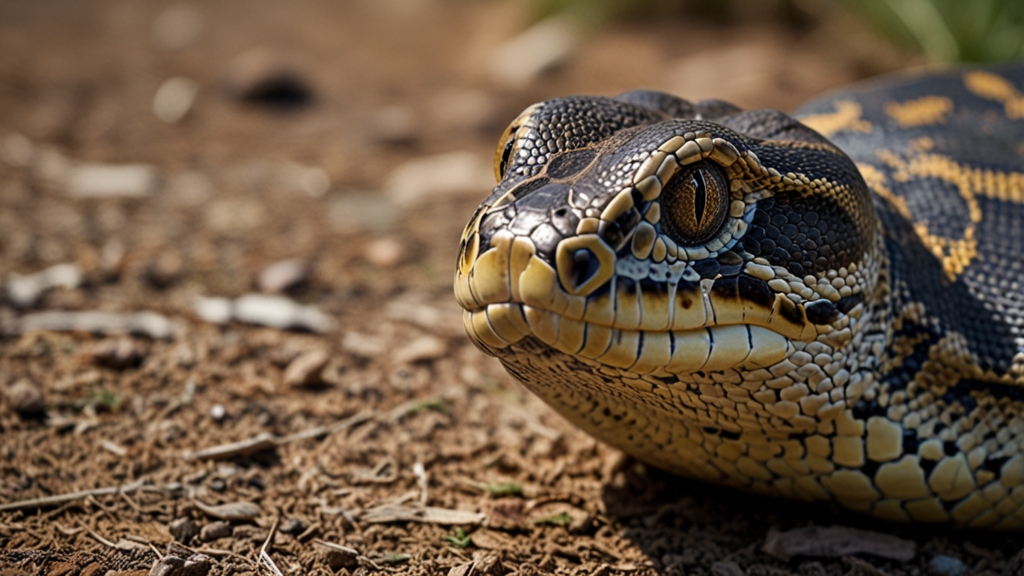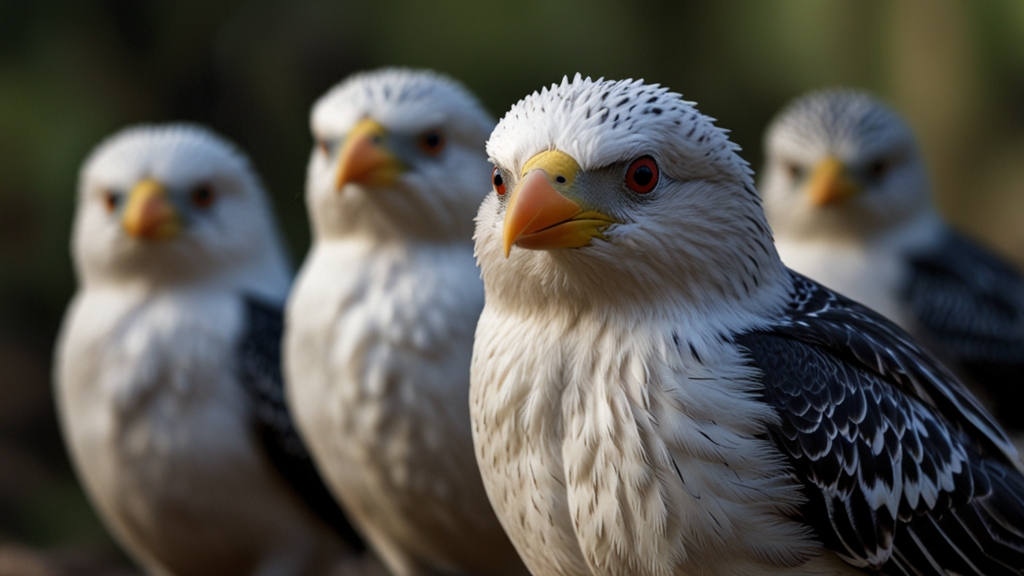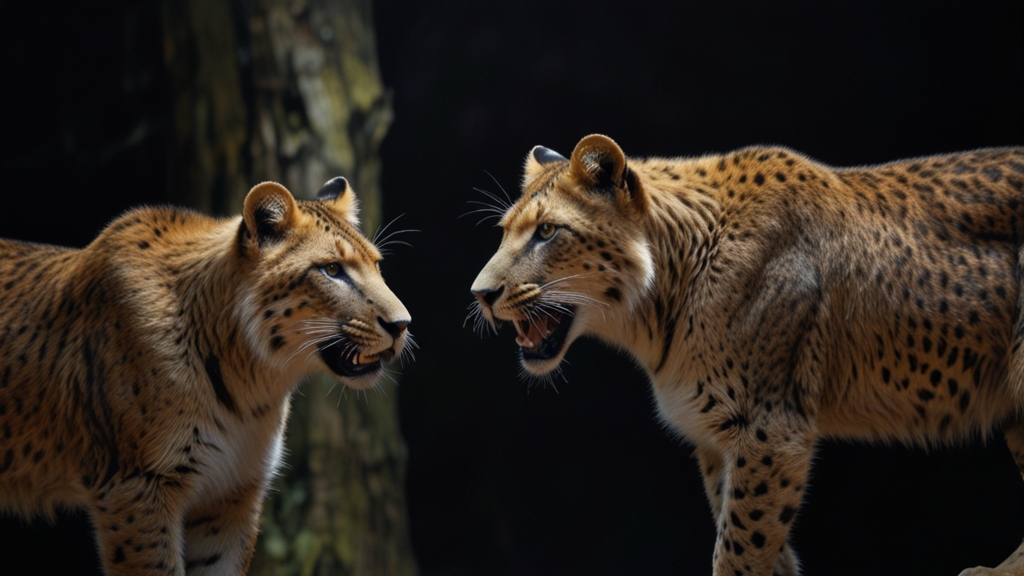Unmasking the World's Most Elusive Species
Throughout the annals of scientific discovery, certain species have remained tantalizingly out of reach. These organisms, whether due to their remote habitats, minuscule populations, or extraordinary survival strategies, evoke a blend of mystery and fascination. This article delves into the lives of some of the world's most elusive species, exploring the challenges in studying them and the reasons they continue to evade our grasp.
Giant Squid (Architeuthis dux)
Long the subject of seafaring myth and legend, the giant squid was first formally described in the 18th century. Despite being known to science for centuries, live sightings remain exceedingly rare. These deep-ocean dwellers inhabit depths of 300 to 1000 meters, making them extraordinarily difficult to document. The first footage of a live giant squid was only captured in 2012, a groundbreaking achievement that marked a significant milestone in marine biology.
"The giant squid stands as an emblem of the ocean’s uncharted mysteries. Every discovery about them opens the door to countless new questions about life beneath the waves." - Dr. Edith Widder, Marine Biologist
Snow Leopard (Panthera uncia)
Found in the rugged mountains of Central Asia, the snow leopard is a ghost of the high altitudes. With their dense fur and camouflaged hide, they are nearly invisible against the rocky terrain. These solitary big cats are often dubbed the "ghosts of the mountains" because they are so rarely seen. Conservationists have employed camera traps and GPS collars to better understand their behavior and to help in their ongoing efforts to protect this endangered species.
Saola (Pseudoryx nghetinhensis)
Known as the "Asian Unicorn," the Saola was only discovered in 1992 in Vietnam's Annamite Range. This shy and secretive mammal resembles an antelope but is closely related to cattle. With fewer than 100 individuals remaining in the wild, encounters with the Saola are exceptionally rare. Conservation programs in Vietnam and Laos aim to prevent their extinction, but their limited range and elusive nature make these efforts particularly challenging.
"Discovering the Saola was like finding a unicorn in the forest. Its secrecy is a double-edged sword, necessary for its survival and a challenge for its conservation." - William Robichaud, Coordinator of the Saola Working Group
Okapi (Okapia johnstoni)
The okapi, often referred to as the "forest giraffe," resides in the dense Ituri rainforest of the Democratic Republic of Congo. Despite its striking zebra-like legs, the okapi managed to evade scientific recognition until the early 20th century. Their reclusive behavior and the inaccessibility of their forest habitat continue to make them a rare sight. Conservationists work tirelessly to monitor the okapi populations, employing a combination of field research and collaboration with local communities.
Conservation Challenges and Future Prospects
Studying and preserving these elusive species presents a unique set of challenges. Limited data makes it difficult to develop effective conservation strategies. Remote habitats and the inherent difficulty in locating these animals mean that even baseline population estimates can be fraught with uncertainty. However, advancements in technology, such as satellite tracking, environmental DNA analysis, and remote camera traps, are helping scientists to gradually unveil the secrets of these enigmatic creatures.
"The conservation of elusive species requires an extraordinary commitment and innovative approaches. Every bit of information we gather is crucial for their survival and offers deeper insights into Earth's biodiversity." - Dr. Jane Goodall
In conclusion, the quest to unmask the world's most elusive species is a testament to human curiosity and determination. It underscores the need for continued exploration and conservation efforts, reminding us that our planet still holds many mysteries waiting to be discovered. The stories of these elusive creatures inspire us to protect the natural world, ensuring that these enigmatic inhabitants continue to grace our planet for generations to come.






